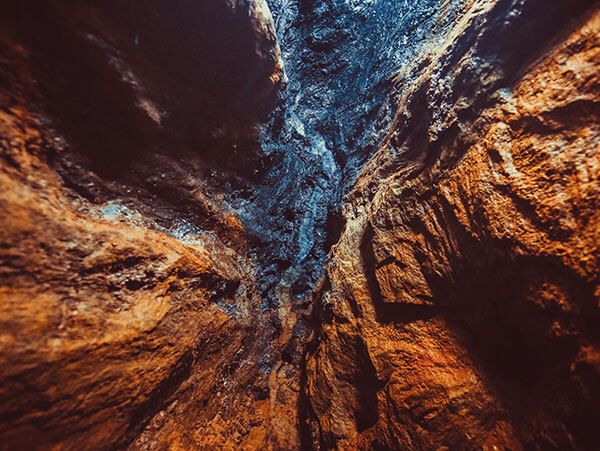There are only two forms of graphite production, one being through graphite mining to source natural graphite and the other is via graphite manufacturing which produces synthetic graphite. Sri Lanka’s vein graphite is sourced naturally and has the highest degree of crystalline perfection amongst graphite materials. Currently, Ceylon Graphite has four exploration sites where some have already commenced drilling, with the others to follow soon. We have a 121 square kilometer land package in Sri Lanka and our four sites each promise different levels of graphite production.
Globally, there are two techniques used for graphite mining; the open pit method or surface quarrying and the other is the underground method. The various types of natural graphite are formed based on the different geological regions they are formed in. Sri Lanka vein graphite or Lump graphite in only mined underground. The deposits are found in high-grade metamorphic rocks dating back to the Archean age, which puts them at over 2,500 years. This is the reason Sri Lankan vein graphite is special as it is of an extremely high grade with over 90% fixed carbon, sometimes even reaching purities of over 99.5%.
Graphite is an allotrope of carbon, though unlike diamond, which is another carbon allotrope, graphite is a semimetal as it is an electrical conductor. In a sense, graphite can be considered the highest form of coal, just above anthracite, but it is not used as fuel as it is difficult to ignite. For this reason and for the fact that graphite is the most stable form of carbon under normal conditions, graphite is used in thermochemistry as the standard state for defining the heat formation for carbon compounds.
As mentioned, Sri Lanka vein graphite is of the best quality which is why Sri Lanka has the distinction of being the only source of commercial quantities of vein graphite in the world. It is one of the most valuable graphite available as it has a high level of purity. History shows that Sri Lanka has been mining graphite for about 200 years.


